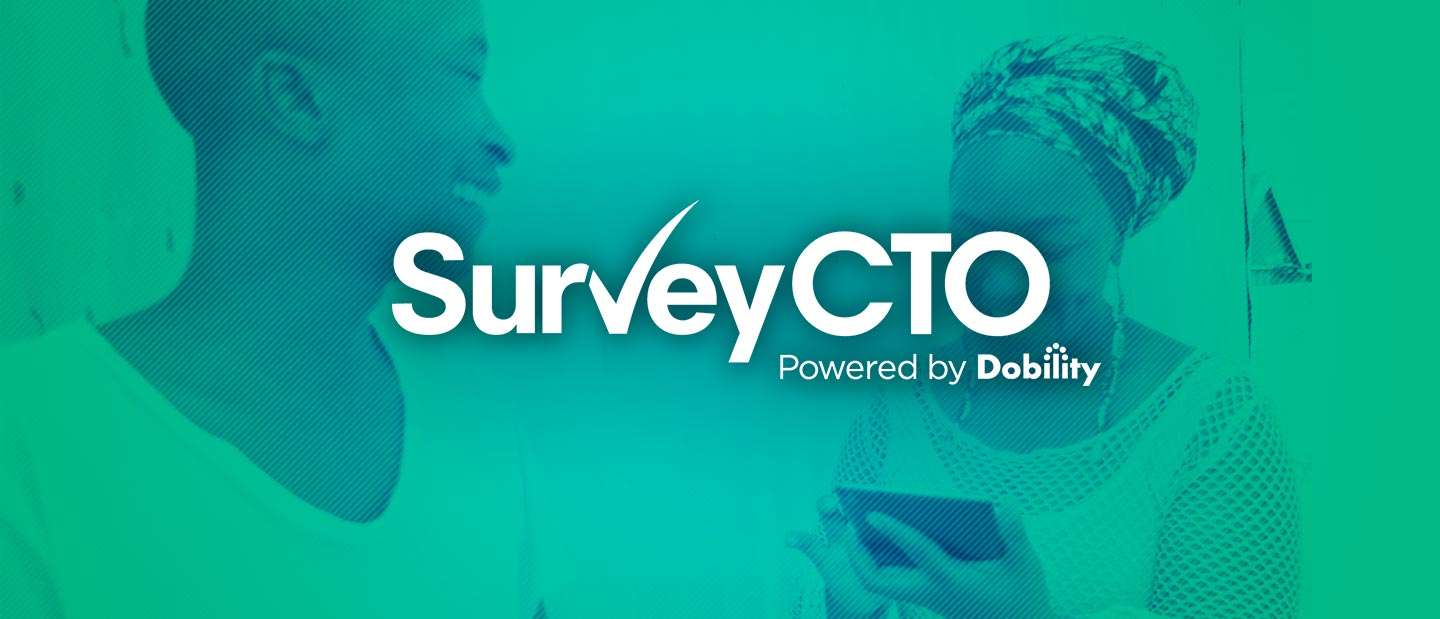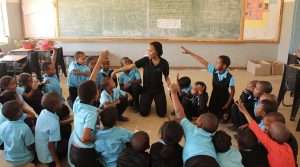
Tell us more about Maximum Diva.
The Maximum Diva Woman’s Condom has a brand new design, slightly higher price point, and is being marketed towards urban millennials in Lusaka, Zambia. Another critical aspect is that the Maximum Diva Woman’s Condom provides dual protection: it protects against STI’s such as HIV, and against unintended pregnancy. However, just making this new product available won’t necessarily increase its use. The aim of our research is to determine whether a community-based behavior change strategy impacts knowledge, acceptability, use of condoms, and uptake of female condoms.
Thoai Ngo (IPA’s Senior Director of Research and PI) and Rachna Nag Chowdhuri (IPA Country Director in Zambia and local PI) are the two other investigators on the project. Together with our implementing partner, Society for Family Health, the Zambian subsidiary of Population Services International (PSI), we designed the randomized evaluation to measure the impact of the interpersonal communication change intervention on uptake of the Maximum Diva Woman’s Condom. We wrote and piloted the questionnaire, developed the sampling strategy, and conducted the randomization.
Where are you in the project now?
We completed a baseline survey in 40 urban wards (administrative units) of Lusaka, Zambia comprising 2,393 men and women between 18-24 years of age. The baseline occurred between November 2015 and January 2016. Now that it’s complete, the intervention is rolling out. We randomized 20 wards to receive the intervention (mass media campaign and interpersonal communication strategy) and 20 wards to receive the control (only mass media campaign).
“We are recording GPS coordinates at every house we approach and every house we enroll, to later measure the spatial patterns and determine how ‘random’ our selection actually ended up being.”
We are currently planning a process evaluation to implement between now and our endline survey, planned for January 2017. Between now and then, we will collect some information (using SurveyCTO) regarding how many interpersonal communication change events take place, how often, who attends, whether Maximum Diva billboards are visible throughout the study period, and whether the Maximum Diva Woman’s Condom is available in different outlets. This will help us understand the availability of the product and the reach of the intervention.
What are some of the interesting ways you’re using SurveyCTO?
A couple of interesting ways we’re using SurveyCTO to collect our survey data:
- When we arrive at a household, we use SurveyCTO to create a roster of all household members that are home, only keeping those that are eligible. If more than one person is eligible, SurveyCTO randomly picks one on the spot to enroll in the survey.
- We were concerned that some of our questions were very private, so we programmed some questions to be self-administered, meaning the surveyor reads the question out loud, then hands the tablet to the respondent to record their answer themselves. This is different from most questions where the surveyor asks the question, the participant responds verbally, and the surveyor records the answer.
- We are recording GPS coordinates at every house we approach and every house we enroll, to later measure the spatial patterns and determine how “random” our selection actually ended up being.
We are using SurveyCTO both to administer surveys at the household as well as for monitoring and evaluation activities.
For the survey, we are using SurveyCTO to create the content and also to ensure data quality. For example, we randomly select 10% of surveys to undergo back checks, where we create a shorter version of our survey to check that the surveyor went to the correct house and didn’t skip any questions.
You can also read more about the project in our recent blog post.
Image courtesy of IPA




